Guía para principiantes sobre apliques con una máquina de bordar
Tabla de contenido
“Unlock Creativity: Master Applique with Your Embroidery Machine!”
Introducción
Embroidery machines have revolutionized the way we approach fabric decoration, offering a level of precision and creativity that was once difficult to achieve. Appliqué, a needlework technique in which pieces of fabric are sewn onto a larger piece to create designs, is a perfect example of a craft that has been transformed by the advent of embroidery machines. This beginner’s guide to appliqué with an embroidery machine will introduce you to the basic concepts, tools, and steps needed to start creating your own appliquéd masterpieces. Whether you’re looking to add a personal touch to your home decor, customize clothing, or create unique gifts, learning how to appliqué with an embroidery machine will open up a world of possibilities for your crafting projects.
Understanding the Basics of Machine Applique for Beginners
Title: Beginner’s Guide to Applique with an Embroidery Machine
Embroidery machines have revolutionized the way we approach fabric decoration, offering a plethora of creative possibilities. Among these, machine applique stands out as a technique that adds dimension and texture to any project. For beginners, understanding the basics of machine applique is essential to harnessing the full potential of this craft. This guide will provide a comprehensive overview of the process, ensuring that even those new to the art can achieve impressive results.
Machine applique involves the layering of fabric pieces on a base fabric, which are then secured with an array of stitch types. The beauty of this technique lies in its versatility; it can be used to create intricate designs that range from simple shapes to complex patterns. To embark on this creative journey, one must first familiarize themselves with the necessary materials. These include an embroidery machine, applique designs, stabilizers, fabric for both the applique and the background, thread, scissors, and adhesive.
The first step in machine applique is selecting an appropriate design. Many embroidery machines come with built-in applique patterns, but there are also countless designs available for purchase or free download online. When choosing a design, it is important to consider the complexity of the pattern in relation to your skill level. As a beginner, starting with simpler designs can help build confidence and skill before progressing to more intricate projects.
Once a design is selected, preparing the fabric is crucial. The base fabric should be pre-washed to prevent shrinkage after the applique is applied. Similarly, the applique fabric must be chosen with care; it should complement the base fabric in color and texture, and also be sturdy enough to withstand the embroidery process. Using a stabilizer is also key to a successful applique. A stabilizer supports the fabric during stitching, preventing puckering and ensuring a smooth finish. There are various types of stabilizers available, including cut-away, tear-away, and wash-away, each suited to different fabric types and applique methods.
After preparing the materials, the next step is to position the applique fabric onto the base fabric. This can be done by either manually placing the fabric or using an adhesive to secure it in place. Precision in placement is vital, as it determines the final appearance of the applique. The embroidery machine then comes into play, stitching the applique fabric to the base fabric. The type of stitch used can vary, with satin stitch, blanket stitch, and zigzag stitch being the most common. Each stitch type offers a different aesthetic and level of durability.
As the machine stitches, it is important to monitor the process closely. This ensures that any issues, such as thread breaks or misalignment, can be addressed promptly. Once the stitching is complete, the excess stabilizer is removed, and any additional trimming or finishing touches can be applied to the applique.
In conclusion, machine applique is a rewarding technique that allows for creative expression through fabric and thread. By understanding the basics of selecting designs, preparing materials, and executing stitches, beginners can confidently explore the world of machine applique. With practice and patience, the art of applique becomes an accessible and enjoyable endeavor, capable of producing stunning, professional-looking results.
Step-by-Step Guide to Your First Embroidery Machine Applique Project
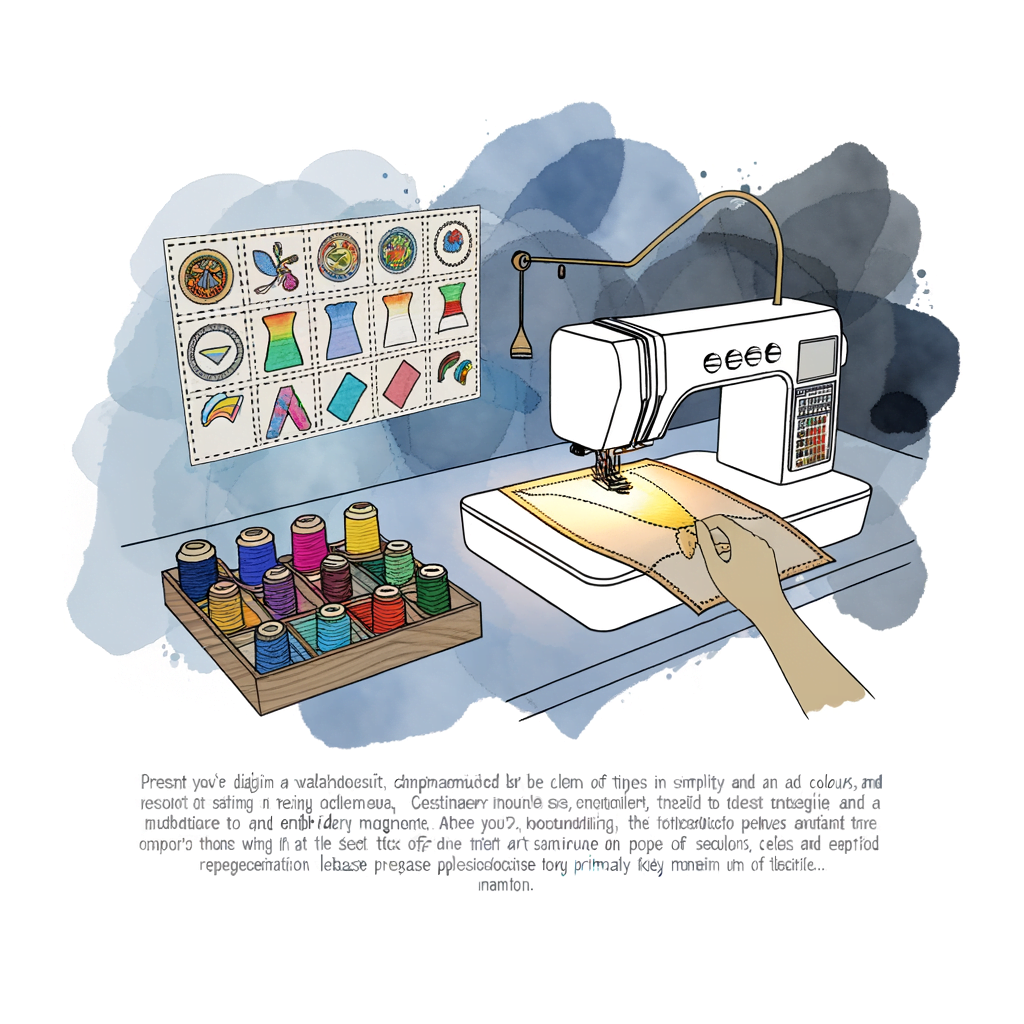
Embroidery machines have revolutionized the way we approach fabric decoration, offering a plethora of creative possibilities. Applique, a sewing technique that involves stitching a piece of fabric onto a larger one to create patterns or designs, is a perfect example of how these machines can be used to produce intricate and beautiful artwork. For beginners, the process may seem daunting, but with a step-by-step guide, your first embroidery machine applique project can be both enjoyable and successful.
To embark on your applique journey, the first step is to select the right materials. Choose a base fabric that is stable and won’t pucker during the embroidery process. Cotton is a popular choice due to its strength and ease of handling. For the applique piece, consider a fabric that contrasts well with the base, both in color and texture, to make your design stand out. Additionally, you’ll need a suitable stabilizer, which is essential to provide support to the fabric and ensure smooth stitching. Cutaway or tear-away stabilizers are commonly used for applique projects.
Once your materials are ready, it’s time to prepare your embroidery machine. Begin by threading the machine with the appropriate color thread for your design. If your machine has an automatic needle threader, use it to save time and ensure the thread is properly seated. Next, install the correct needle; a universal embroidery needle typically works well for most applique projects. After setting up the machine, select the design you wish to use. Many embroidery machines come with built-in designs, but you can also purchase or create custom designs.
Before you start stitching, it’s crucial to position your fabric and stabilizer correctly. Hoop the base fabric with the stabilizer underneath, ensuring the fabric is taut but not overstretched. This will prevent any unwanted wrinkles or distortions in the final product. Now, place the hoop onto the machine and align the needle with the starting point of your design. Most machines have a function that allows you to trace the design’s outline before you begin, which can be helpful for positioning.
The machine will first stitch an outline where the applique fabric will be placed. After this outline is complete, remove the hoop from the machine but do not unhoop the fabric. Lay the applique fabric over the outline, making sure it covers the entire area, and then return the hoop to the machine. The machine will then tack down the applique fabric with a series of stitches.
Following the tacking stitch, it’s time to trim the excess applique fabric from around the design. Carefully remove the hoop from the machine again and use a pair of sharp scissors to trim as close to the stitching as possible without cutting the stitches themselves. This step requires precision to ensure a clean, professional finish.
After trimming, reattach the hoop to the machine to complete the final embroidery stitches. These stitches will cover the edges of the applique fabric, securing it in place and giving your design a polished look. Depending on your chosen design, this may include satin stitches or decorative borders.
Upon completion of the stitching, remove the hoop and gently tear away or cut any excess stabilizer from the back of the embroidery. If you’ve used a water-soluble stabilizer, simply dampen it to remove. Finally, press your finished applique with an iron to smooth out any puckers and give it a crisp appearance.
Embarking on your first embroidery machine applique project can be an exciting foray into the world of machine embroidery. With patience and practice, you’ll soon be creating intricate designs that can adorn anything from clothing to home decor. Remember, each project is a learning experience, and with each stitch, your skills will continue to flourish.
Essential Tips and Tricks for Successful Applique with an Embroidery Machine
Embroidery machines have revolutionized the way we approach fabric decoration, offering a plethora of creative possibilities. Appliqué, a decorative technique in which pieces of fabric are sewn onto a larger piece to create patterns or designs, is one such possibility that has gained popularity among crafters and sewists. For beginners eager to delve into the world of appliqué with an embroidery machine, understanding the essential tips and tricks is crucial for achieving successful and beautiful results.
First and foremost, selecting the right materials is a foundational step in the appliqué process. The base fabric should be stable enough to support the additional appliqué pieces without puckering or distorting. Natural fibers like cotton are often preferred for their ease of handling and durability. When choosing appliqué materials, consider the weight and texture of the fabrics to ensure they complement each other. Additionally, using a high-quality, fusible interfacing can help to stabilize the appliqué pieces and prevent fraying.
Preparation is key, and this extends to the design phase. Beginners should start with simple shapes and patterns that are not overly intricate. This allows for a smoother learning curve as you become accustomed to maneuvering the embroidery machine. Digital design software can be invaluable for creating and adjusting appliqué patterns before they are sent to the machine. Ensuring that the design is correctly sized and positioned will save time and materials in the long run.
Thread choice is another critical aspect of successful appliqué. Polyester or rayon embroidery threads are excellent choices due to their strength and sheen, which can enhance the visual appeal of the finished piece. The color of the thread should either match or complement the appliqué fabric, depending on the desired effect. For beginners, it may be easier to use a thread that blends in with the fabric to hide any minor imperfections as skills develop.
The actual stitching process requires patience and attention to detail. The embroidery machine should be set up according to the manufacturer’s instructions, with the appropriate needle and thread. A stabilizer is also essential; it supports the fabric during the embroidery process and prevents shifting or bunching. There are various types of stabilizers available, including tear-away, cut-away, and wash-away options, each suited to different fabric types and appliqué projects.
Once the machine is ready, the appliqué pieces are positioned on the base fabric. If using fusible interfacing, the pieces should be ironed on carefully to ensure a secure bond. The embroidery machine will then work its magic, stitching the appliqué pieces onto the base fabric. It’s important to monitor the stitching process, being ready to pause the machine and make adjustments if necessary.
After the machine has completed the stitching, finishing touches are applied. This includes trimming any excess stabilizer and threads, as well as pressing the appliqué to ensure it lies flat against the base fabric. For those who desire a more polished look, hand-stitching around the edges of the appliqué pieces can add a touch of craftsmanship and durability.
In conclusion, mastering appliqué with an embroidery machine is a journey that begins with understanding the basics. By carefully selecting materials, preparing designs, choosing the right threads, setting up the machine correctly, and applying finishing touches, beginners can achieve professional-looking appliqué projects. With practice and patience, the art of machine appliqué becomes not just a craft, but a means of expressing creativity and adding a personal touch to any fabric project.
Conclusión
In conclusion, a Beginner’s Guide to Appliqué with an Embroidery Machine would likely cover the basics of appliqué, including the selection of fabrics, threads, and stabilizers. It would provide step-by-step instructions on how to prepare designs, position and secure the appliqué pieces, and use an embroidery machine to stitch them in place. The guide would also offer tips and tricks for achieving clean, professional results, as well as troubleshooting common issues that beginners might encounter. Overall, such a guide would be an invaluable resource for anyone looking to start appliqué projects using an embroidery machine, ensuring they have the foundational knowledge to explore their creativity with confidence.

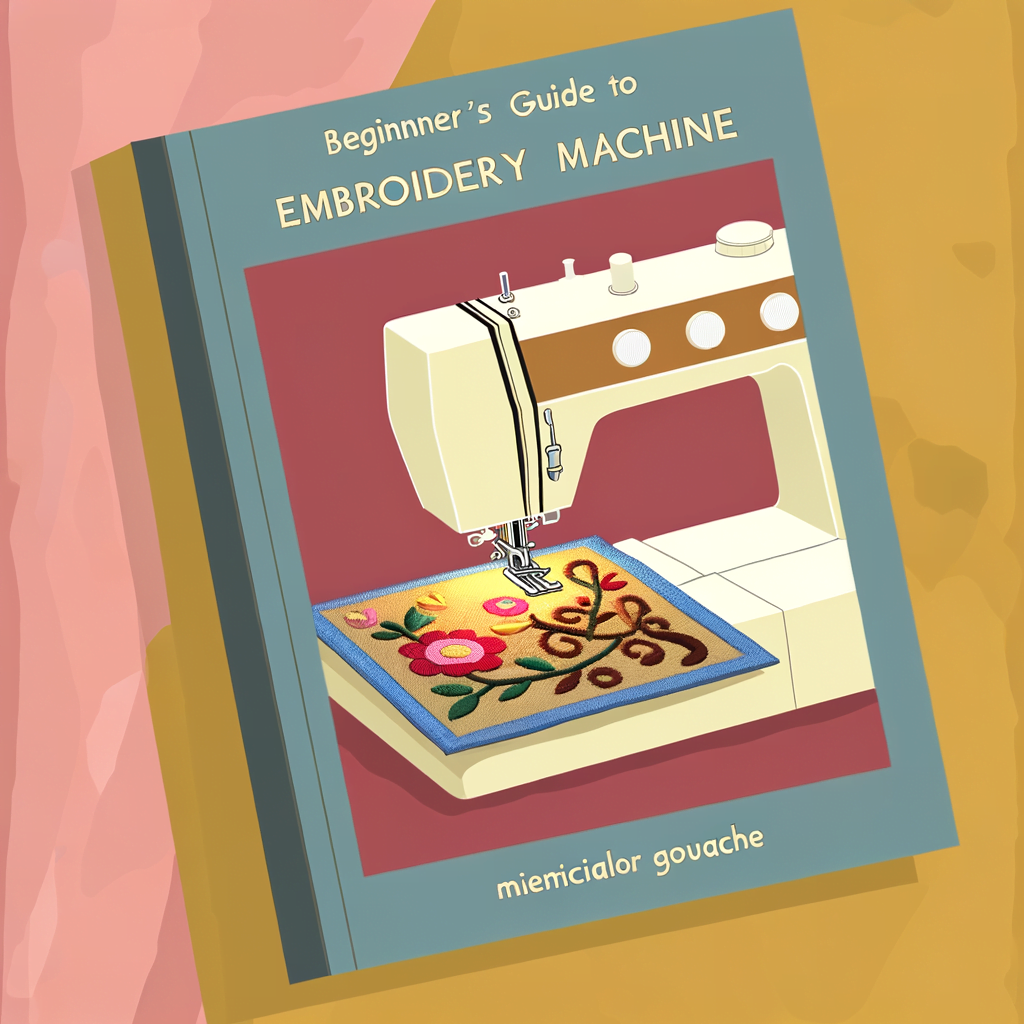
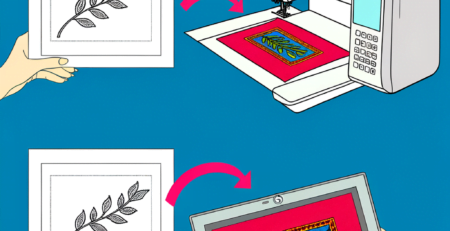
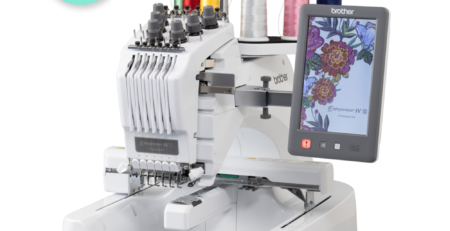
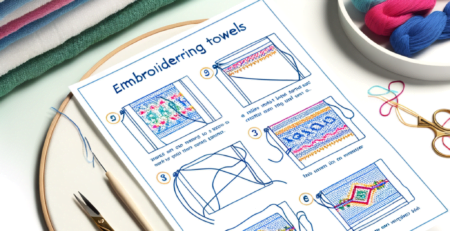
Deja una respuesta